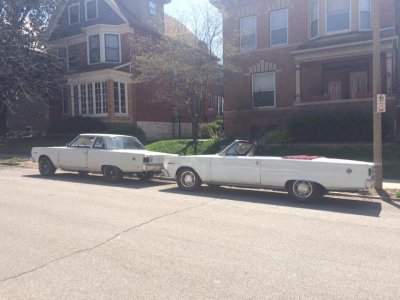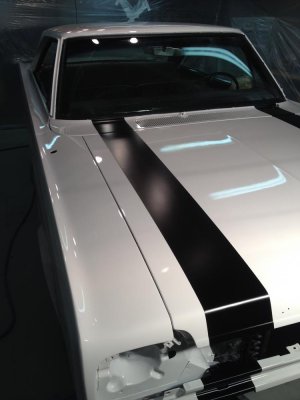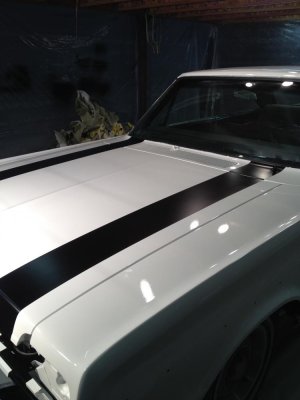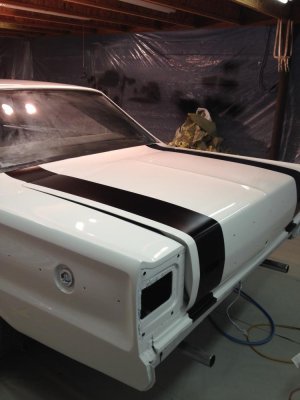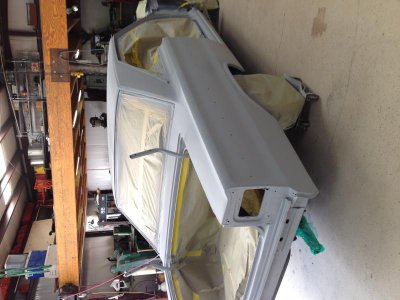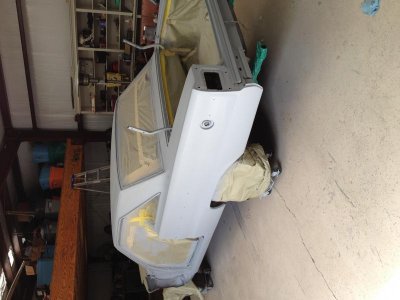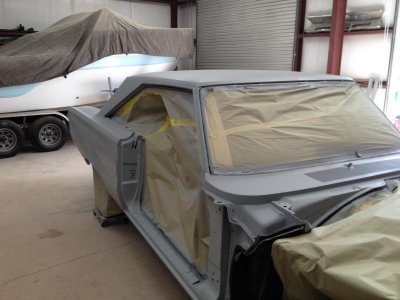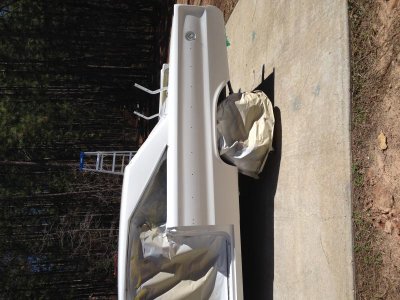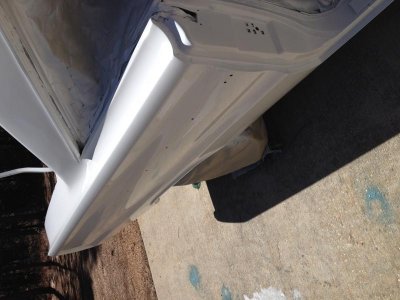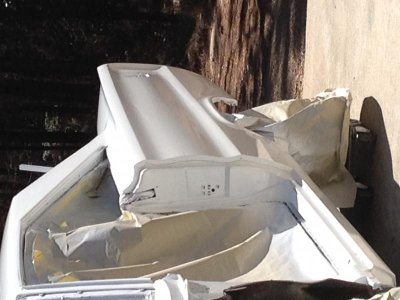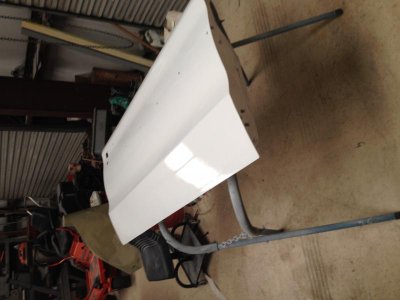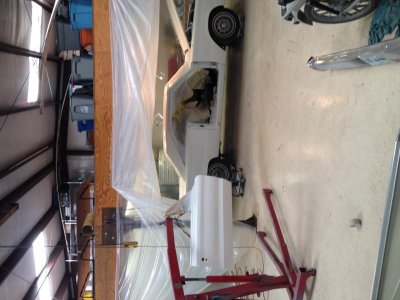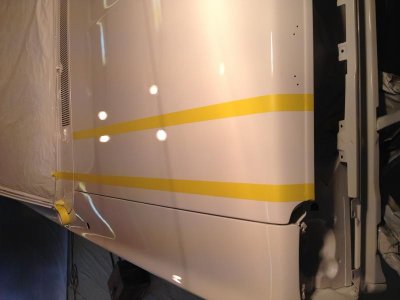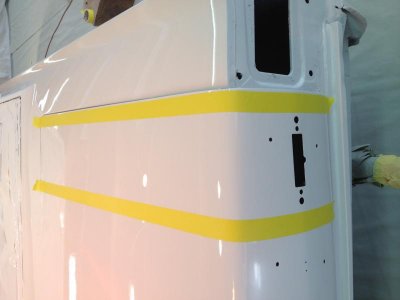jjschm
Well-Known Member
I am looking for a little advice before I get started on the bodywork and paint on my Belvedere. There is a lot of advice and instruction out there on how to do the work if you are in a shop or can essentially go from start to finish continually, but my reality is I'll be able to do a panel at a time and it might be days or even weeks between evenings/weekends before moving on to the next panel. How would you proceed? I want to do this myself both for the learning experience and hopefully cheap.
So as I strip, sand, fill, sand, prime, etc...How would you go about it so I'm not dealing with a lot of flash rust or other issues as a result of down times?
Thanks,
Jon
So as I strip, sand, fill, sand, prime, etc...How would you go about it so I'm not dealing with a lot of flash rust or other issues as a result of down times?
Thanks,
Jon

